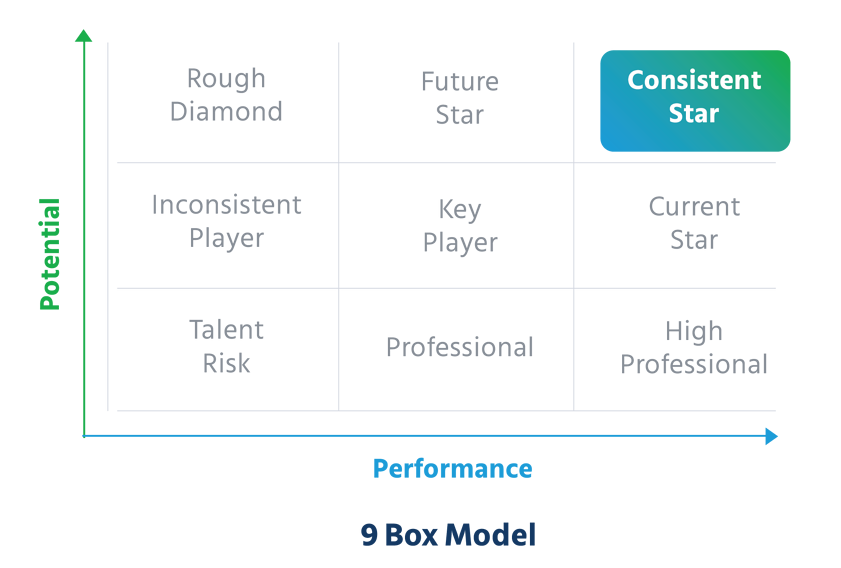Mercer | Mettl’s complete suite of online programs primarily simulates traditional ACDCs for a holistic understanding of employees. Extremely time and cost-efficient, without any logistical hassles, they are best suited for mid-level managers and individual contributors. The most significant USP of virtual ACDCs is their instant and automated reports, along with reduced overhead expenses.
Mercer | Mettl’s Virtual ACDC toolkit consists of:
Personality Inventory
The Mettl Personality Profiler measures an individual’s strengths and growth opportunities based on underlying personality traits and work style preferences. It is based on the “Big Five” personality traits:
- Extraversion
- Openness to experience
- Emotional stability
- Agreeableness
- Conscientiousness
Collectively, these factors can predict job-related outcomes, such as performance, job satisfaction, trainability, burnout, etc.
Mercer | Mettl’s team of experts have developed 26 sub-constructs that span a vast domain of personality traits and can be mapped to an organization’s or job role’s specific requirements.
Cognitive Ability Test
The Cognitive Ability Test measures a person’s ability to think fast, make meaning of ambiguity, reach meaningful conclusions, and formulate new concepts and strategies for innovation. Often essential for roles that involve decision making and strategic thinking, the test evaluates two of the most critical competencies required to thrive in a position – abstract reasoning and critical thinking.
Situational Judgement Test
Situational judgment tests mimic real life problems to a large extent and are a highly effective exercise to witness candidates react to specific situations – when put in a spot, faced with a challenge, or during conflict resolution. Responses are captured based on the most appropriate choice or course of action. This exercise helps assessees display behavioral competencies that are important for the organization. Due to its proximity to the real setup, it often has a higher correlation with the role’s required skills and behaviors.
Case Study Simulator
It comprises of offline case studies on real business-related problems and dynamics. Candidates can step out of their typical job and examine more critical business problems with a comprehensive perspective. Candidates Can experience critical interdependencies, execute best practices, and explore alternatives for a strategy, etc. They are asked to study the problem statement extensively and devise a structured approach to tackle the problem.
Other activities that can be designed to measure time management, sound decision making, delegation, interpersonal relationships, workload organization, etc. include caselets and inbox prioritization (in-tray exercises).
These virtual tasks result in immediate, easy to decipher reports after the assessments, thereby allowing employees to analyze their performance promptly.









 Behavioral Competencies
Behavioral Competencies Cognitive Competencies
Cognitive Competencies Coding Competencies
Coding Competencies Domain Competencies
Domain Competencies




























Would you like to comment?